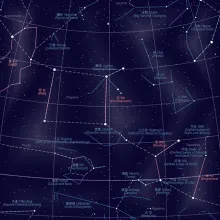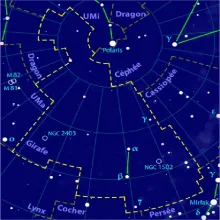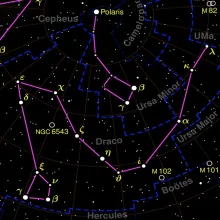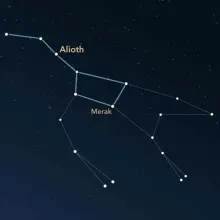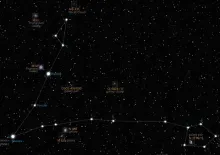Constellation Scutum
Scutum is a small but notable constellation in the southern sky. It was introduced by the Polish astronomer Johannes Hevelius in 1684, making it one of the newer constellations in the sky. The name "Scutum" means "shield" in Latin, specifically referring to the shield of King John III Sobieski of Poland, who won the Battle of Vienna in 1683.



